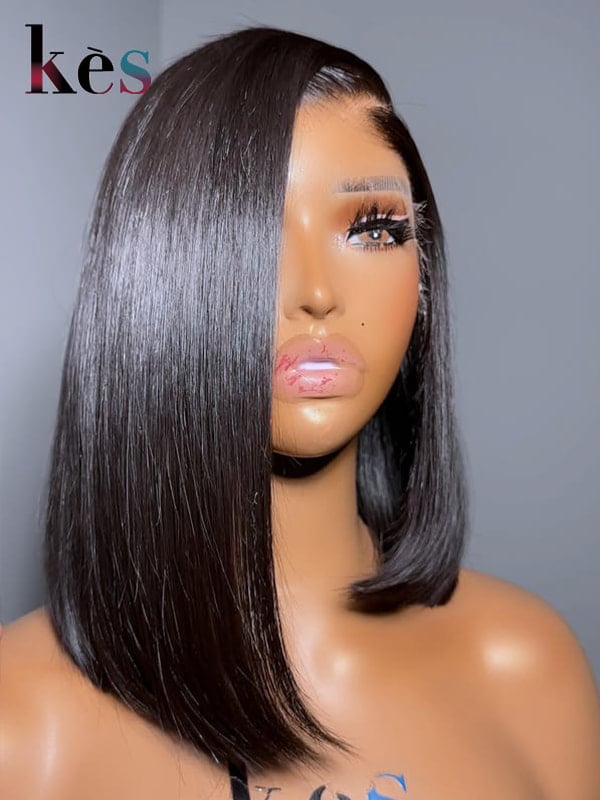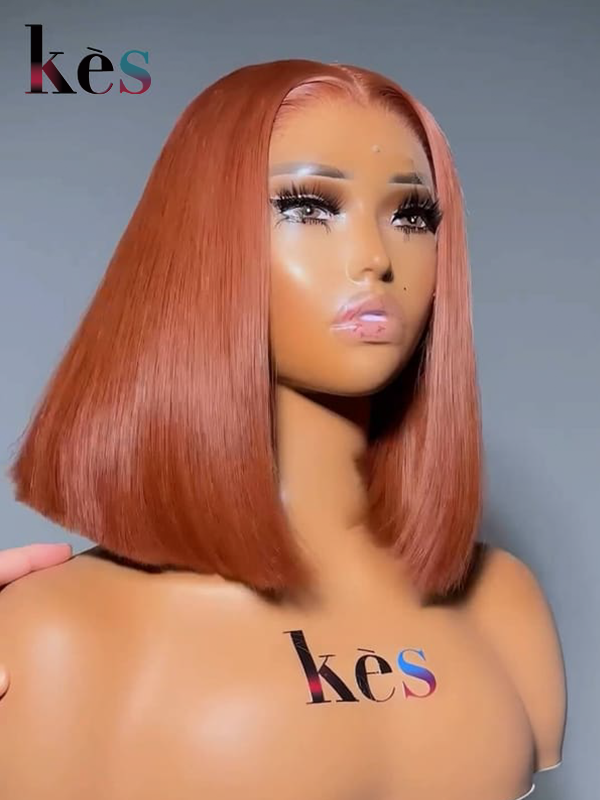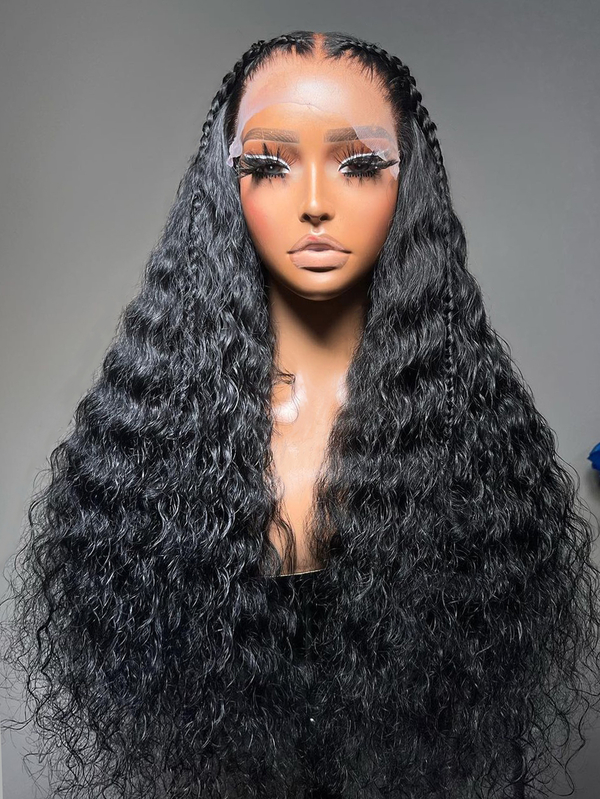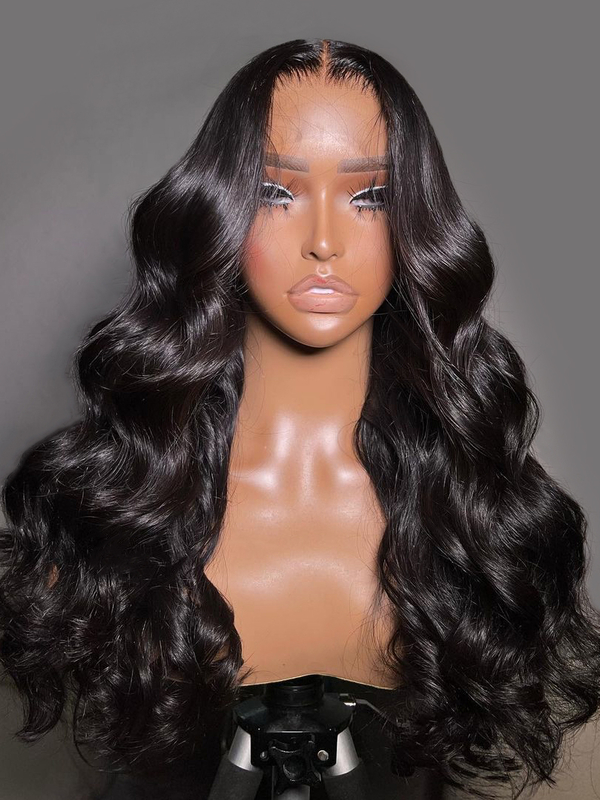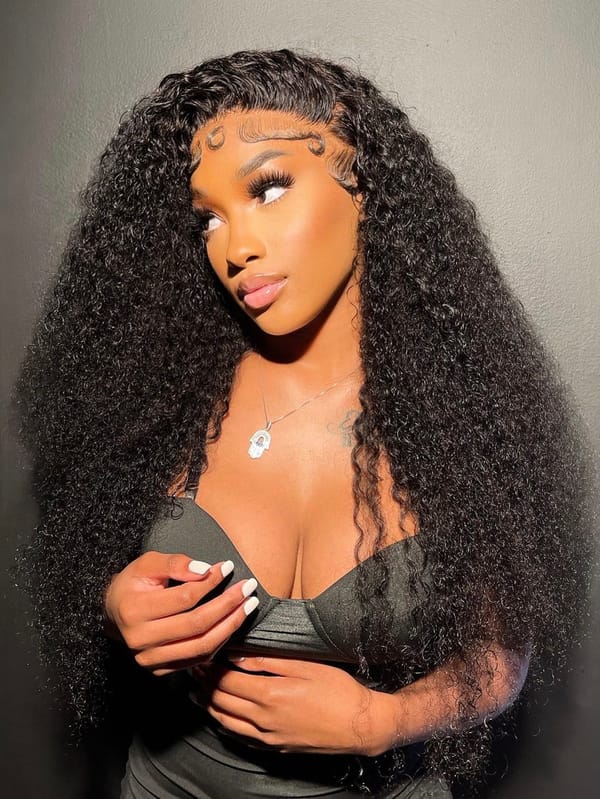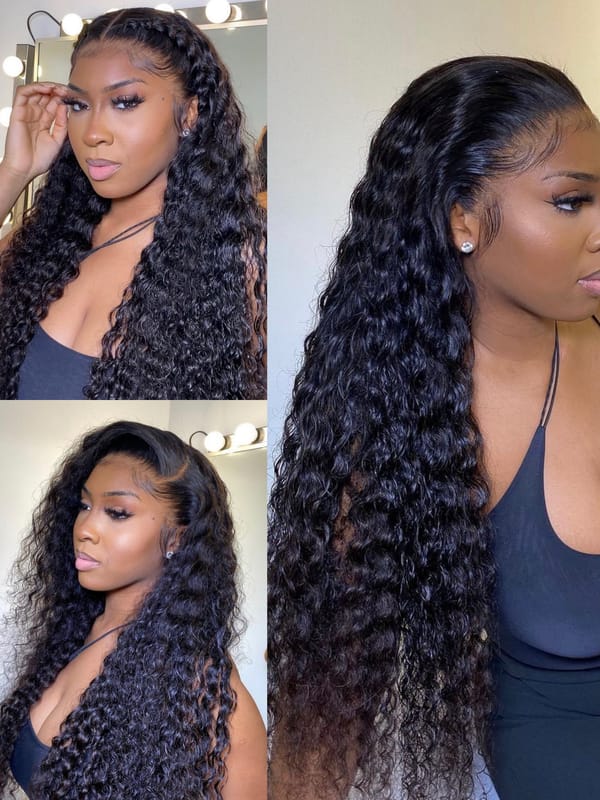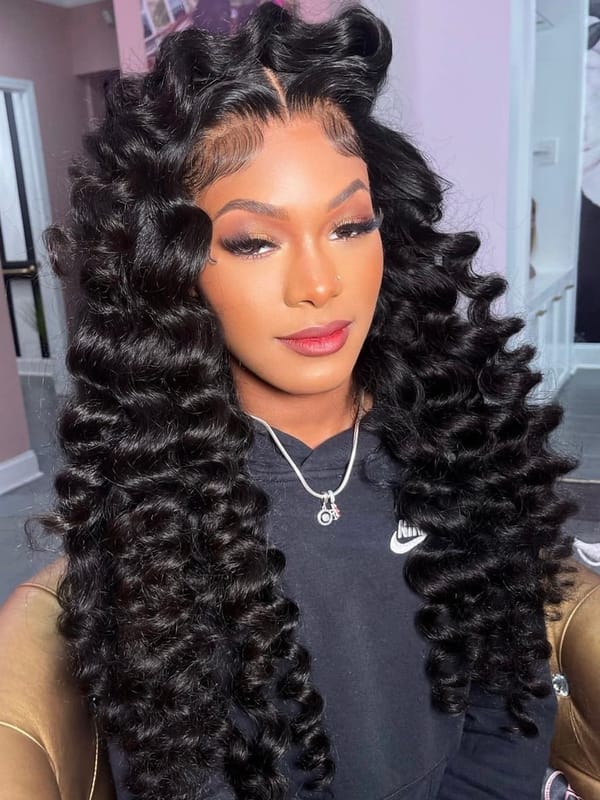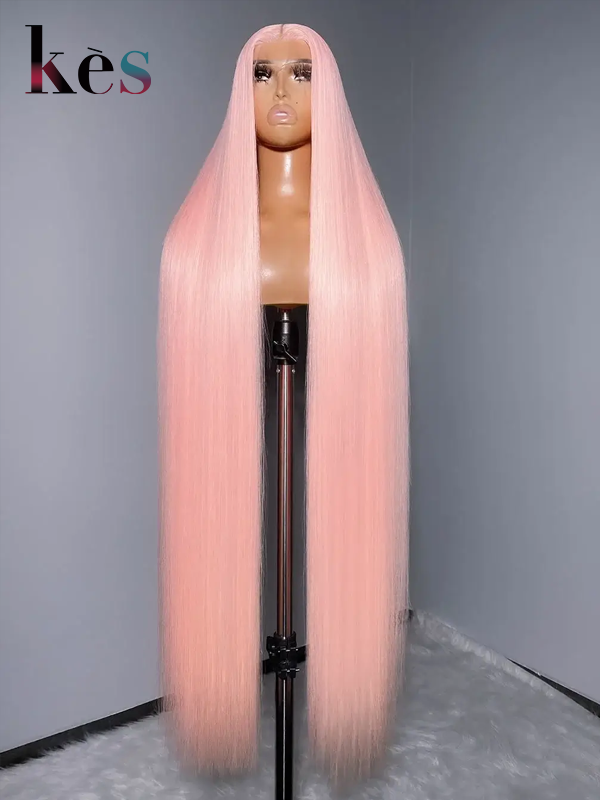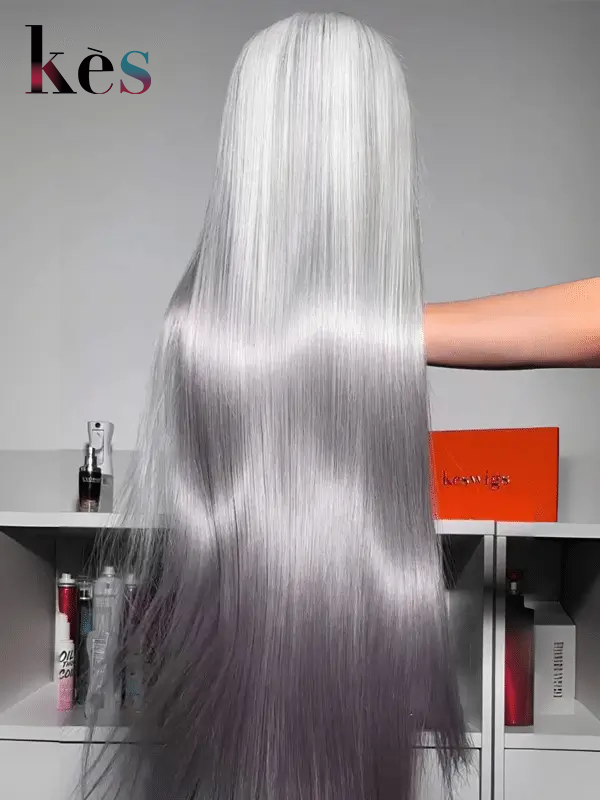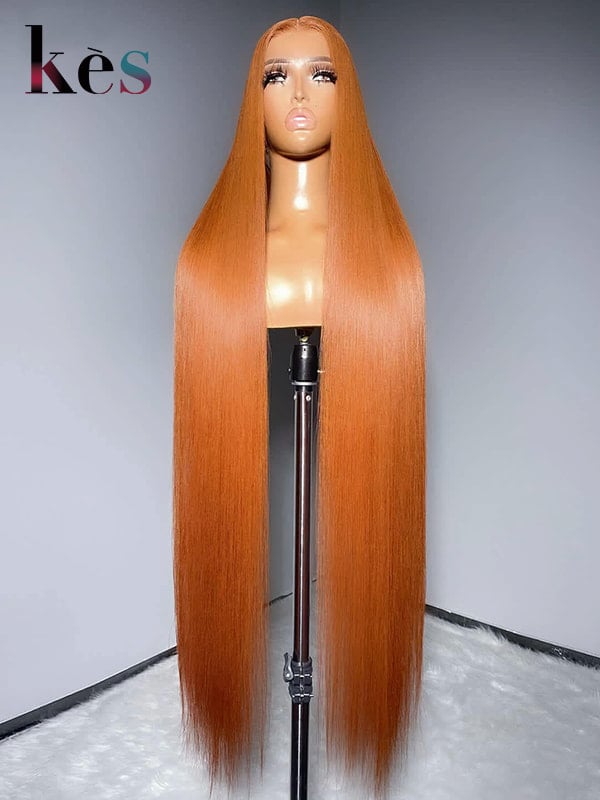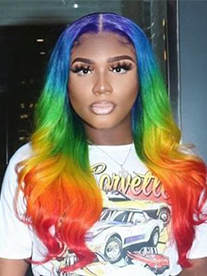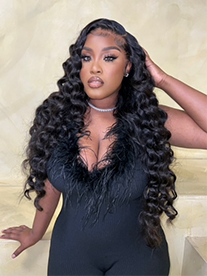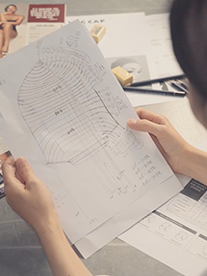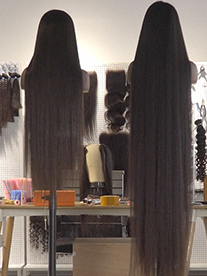
Ever wondered where wigs came from, how they started, and who made them? These are just some of the questions we’ll be answering in this article.
Being a writer and frequent wig-wearer, I’ve done my research on the history of wigs to answer the questions of who invented them and why. Before I share all that I’ve learned through this article, let’s first briefly define what wigs are.
The word “wig” is a modern derivative of the archaic word “periwig”, which in the 1700s was called “peruke.” Wigs are head accessories made of either human hair, animal hair, or synthetic fiber. You can wear them to cover up your own hair for protective, religious, or aesthetic reasons like concealing hair loss or baldness.
If you’re interested to learn more about how wigs came to be and what they’re used for now, keep scrolling.
Who Invented Wigs?
Ancient societies dating back thousands of years used wigs for a variety of reasons. While the exact date of its creation is unknown, many historians credit the invention of wigs to ancient Egypt.
It was found out that wigs were used by ancient Egyptians as early as 3400 BC, a discovery made by Egyptologist Dr. Joann Fletcher at Hierakonpolis’ manual workers’ cemetery. In fact, wigs were so important to the ancient Egyptians that their deceased were often buried along with their wigs.
History of Wigs and Their Uses
From ancient Egyptian times to the present, wigs have appeared almost everywhere in the world. The following are the histories of wigs as they were used by different cultures.
History of Wigs in Africa
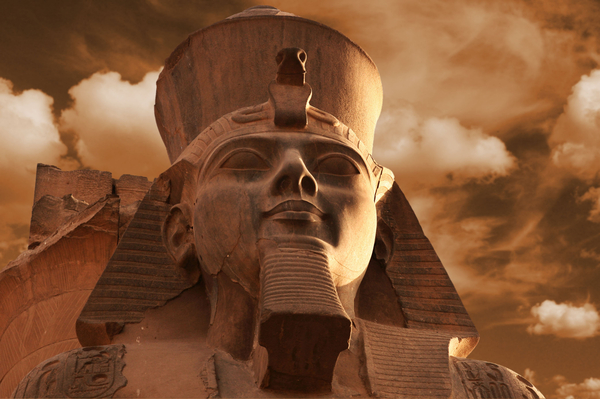
As mentioned earlier, the Ancient Egyptians were the first to create wigs. Their wigs were used for aesthetic and practical reasons, mostly to shield their delicate scalps from the sun’s damaging rays.
They used sticky materials like beeswax and plant resin to hold the wigs in place in lieu of wig grips and wig caps. Some of the ornate wigs made during this time were so large that the wearer needed assistance moving around.

Another advantage of wearing wigs for the Egyptians was to protect the wearer from lice. If a wig were to be infested with lice, they could just throw it away and obtain a new one.
The wigs were frequently shaped into elaborate hairstyles and decorated with jewels. The greater the wearer’s social standing, the more intricate the hairdo. Also, styling their wigs was equally important to them as wig care. They used natural dyes like henna, juniper berries, and berry juice to color their units.
That said, African countries other than Ancient Egypt also wore wigs. In fact, the hairstyles worn by Nubian warriors of the Nile valley served as an inspiration for some pharaohs. The curly hairstyles of Nubian tribesmen influenced their warriors’ wigs.
History of Wigs in Europe
Throughout Europe, wigs have had a bit of a rough history. The earliest European civilizations to adopt them were the ancient Greek and Roman societies.
Roman prostitutes used them as an indication that they were available for service. Because of this, the Christian Church condemned wigs since they were connected to lewd and immoral behavior, causing wigs to lose popularity.
GOOD PLACE FOR IMAGE
In the 1500s, they were used as a means to cover up bald patches resulting from the syphilis epidemic. The rate of STDs in Europe back then was exponential. Lesions and hair loss were among the symptoms of a worsening syphilis condition. To avoid discrimination, men who were experiencing hair loss would cover their thinning hair with wigs and other hairpieces.
Then, during the reigns of France’s King Louis XIII and England’s King Charles II in the 1600s, they became a status symbol that only the rich could afford.
History of Wigs in Asia
In East Asian countries like China and Japan, wigs were mostly used by performers as they were heavily associated with theaters in the 17th century. At the time, the only women who experimented with wearing wigs were female performers like the Geisha.
GOOD PLACE FOR IMAGE (Geisha)
It was a different story in Korea though, where wigs were worn by the affluent and royal families as a symbol of wealth and power. This held true in the Western and Central parts of Asia, where they used wigs to display their social position publicly.
Assyrians in the 2600 BCE, held wigs in such high regard that some powerful women attended political gatherings wearing artificial beards to convey power and respect.
Even though wigs were typically worn only by wealthy nobles and noblemen, ancient Assyrians used their hairstyles to show the public their social standing, occupation, and income range.
GOOD PLACE FOR IMAGE (Assyrians)
Finally, in the Middle East, wigs were solely used by Jewish women in the 15th century to help them maintain tradition, because Jewish women are expected to observe modesty and cover their hair after marriage. This tradition continues to this day.
GOOD PLACE FOR IMAGE (Jewish Women)
What were wigs made of?
Ancient Egyptians created wigs from a variety of materials. Among the most common ones were:
- Human hair
Wigs made out of human hair were considered the finest kind. While some people purchased other people’s hair, others crafted their wigs from their own natural hair that they had previously shaved. The hair is carefully and thoroughly hand-crafted to the base of the with to resemble the look of natural hair.
- Plant fibers
Using plants was a more economical option for making wigs. To produce the appearance of natural hair, the ancient Egyptians collected and used palm fibers in manufacturing wigs. Plant fibers have also been occasionally used in ancient times to add bulkiness to wigs.
- Animal fur
Animal fur was also a popular material for early Egyptian wigs. The animal fibers they commonly used were horse hair and wool from sheep. To make human hair wigs more affordable, they would mix animal fibers into them.
Wigs in the Present Time
Over the years, wigs have advanced significantly, and this development doesn’t seem to be slowing down. Surprisingly, the basic elements of a wig haven’t changed all that much over time.
The wig’s composition is still straightforward. They are essentially hair rooted on a cap that you wear on your head as an extension. However, today’s wigs are made from much better materials since technological advancements have made them more durable and comfortable.
Most modern wigs are made by machines. But the finest wigs continue to be those that are made by hand by experts who really know their trade.
Synthetic wigs have also improved over the years. Today, high-quality synthetic fibers resemble natural strands in appearance and movement, as the current trend on the market focuses on making the wig look as natural as possible.
There are many different reasons why individuals wear wigs today. But the most common reasons are for protective stylings, fashion trends, entertainment, religious traditions, or to conceal hair loss or baldness.
FAQs
Which historical figures wore wigs?
Thousands of people from various cultures used wigs, but some notable examples that caused the wig-wearing trend in Europe to bloom are King Louis XIV, the fashionable son of King Louis XIII, who started the wig-wearing trend in 1600 France.
At the young age of 17, French King Louis XIV started losing his hair, so he employed 48 wig makers to help him retain his flowing locks through wigs. His English cousin, King Charles II, also began wearing wigs a few years later when his hair began to grey prematurely, another syphilis symptom.
When courtiers began to wear wigs, it created a fashion trend that eventually spread to the merchant class. Everyone wanted to look like their monarchs, but only the truly rich could afford such a luxury.
Why were wigs made?
Wigs have been worn from very early times to protect the wearer’s scalp from the elements, and also as a fashion statement. Even now, wigs still serve the same general purpose that led to their invention. People use wigs for aesthetic, protective, and religious reasons, as well as to disguise hair loss.
What were wigs called?
The word “wig” comes from the French word “periwig”. Later, the term evolved to the now shortened term, “wig.” “Peruke” was another name for wigs of the 1700s.
Outro
Wigs have a long history that’s just as colorful as their present usage. They have certainly come a long way since early Egypt, and continue to be worn by both men and women for various purposes.
I hope this article has provided some explanation as to who created wigs and how different nations worldwide used them. Please leave a comment below if you have any questions.














